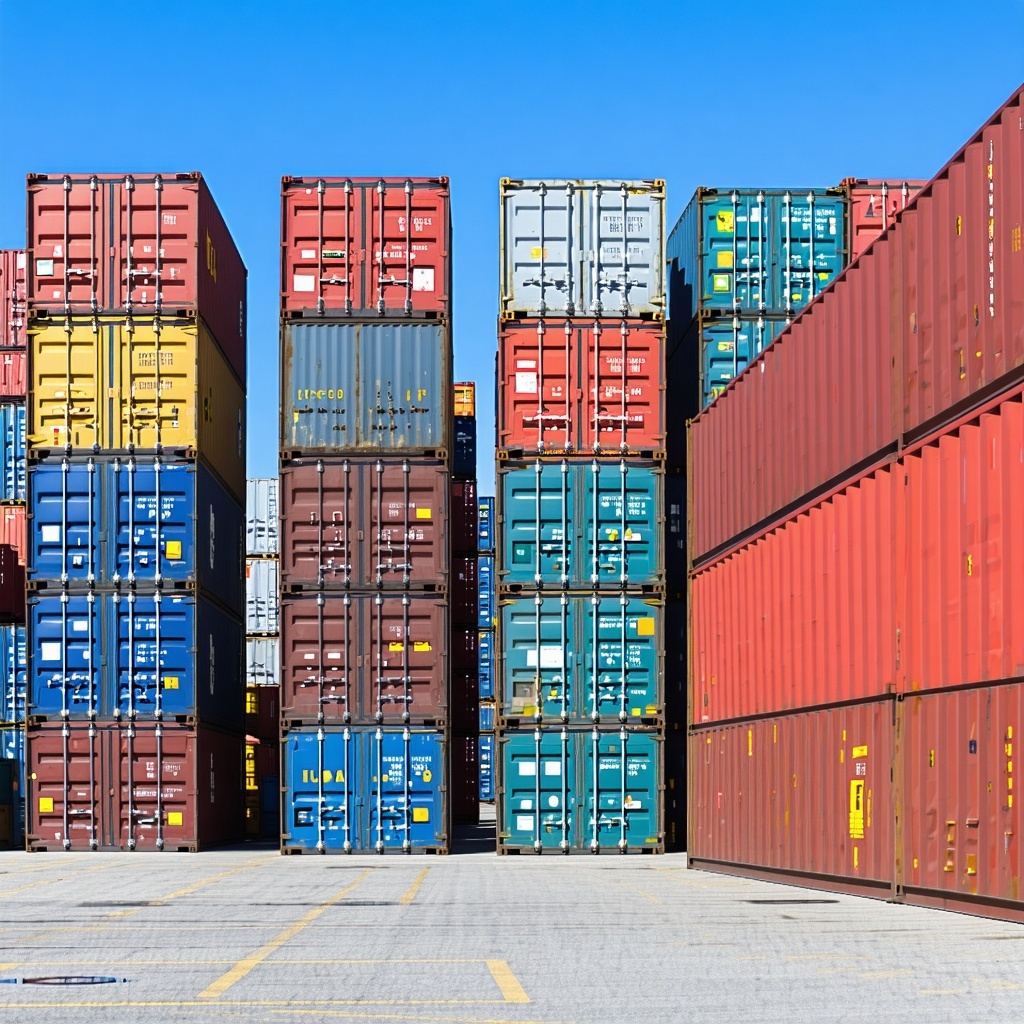In today's globalized economy, two economic terms often dominate headlines: inflation and tariffs. While both are distinct in function, they are closely interconnected. Understanding how tariffs can influence inflation—and vice versa—is essential for policymakers, businesses, and consumers alike.
🔍 What Are Tariffs and Inflation?
-
Tariffs are taxes imposed by a government on imported goods. The purpose is usually to protect domestic industries from foreign competition or to retaliate against unfair trade practices.
-
Inflation refers to the general increase in prices across an economy over a period of time, reducing the purchasing power of money.
Now let’s dive into how these two interact, looking at both sides of the debate.
💸 How Tariffs Can Drive Inflation
1. Increased Import Costs
Tariffs raise the price of imported goods. For businesses that rely on imported raw materials or finished products, this means higher production costs—which are often passed down to consumers in the form of higher prices.
Example: When the U.S. imposed tariffs on Chinese goods during the trade war, the cost of electronics, machinery, and some consumer goods increased, directly impacting prices at the consumer level.
2. Supply Chain Disruptions
Tariffs can disrupt global supply chains by making sourcing from foreign countries more expensive or less reliable. Companies may face bottlenecks or be forced to use more expensive alternatives, contributing to cost-push inflation.
3. Decreased Competition
Tariffs can reduce competition by discouraging foreign entrants. While this may help domestic producers in the short run, it can lead to inefficiencies and higher prices in the long run—another driver of inflation.
🛡️ Counterargument: Tariffs Don’t Necessarily Cause Inflation
1. Targeted Tariffs Don’t Affect Core Goods
Some economists argue that not all tariffs lead to inflation, especially when they are narrowly targeted. If tariffs are imposed on goods that make up a small portion of consumer spending, the impact on inflation may be negligible.
2. Domestic Substitution
Supporters claim that tariffs can encourage domestic production, which eventually stabilizes or even reduces prices. By shielding nascent or strategic industries, tariffs may foster local competition that improves efficiency over time.
3. Short-Term vs. Long-Term Impact
The inflationary effect of tariffs may be short-lived. Businesses often adapt—by sourcing locally, changing product designs, or renegotiating supply chains. Over time, this adaptability can mitigate the price impact.
📉 Can Inflation Affect Tariff Policy?
Interestingly, the connection goes both ways. Inflation can also influence a country’s stance on tariffs.
-
When inflation is high, governments might reduce tariffs to lower the cost of imports and relieve pressure on consumers.
-
Conversely, in a deflationary environment, tariffs might be used to stimulate domestic production and demand.
🧠 Final Thoughts
The relationship between tariffs and inflation is complex and context-dependent.
-
On one side, tariffs can increase prices, fuel inflation, and burden consumers.
-
On the other, when used strategically, tariffs can protect jobs, promote self-sufficiency, and stabilize the economy—without necessarily stoking long-term inflation.
As with many economic tools, tariffs are neither inherently good nor bad. Their effectiveness—and inflationary impact—depends on how, where, and why they’re applied.
